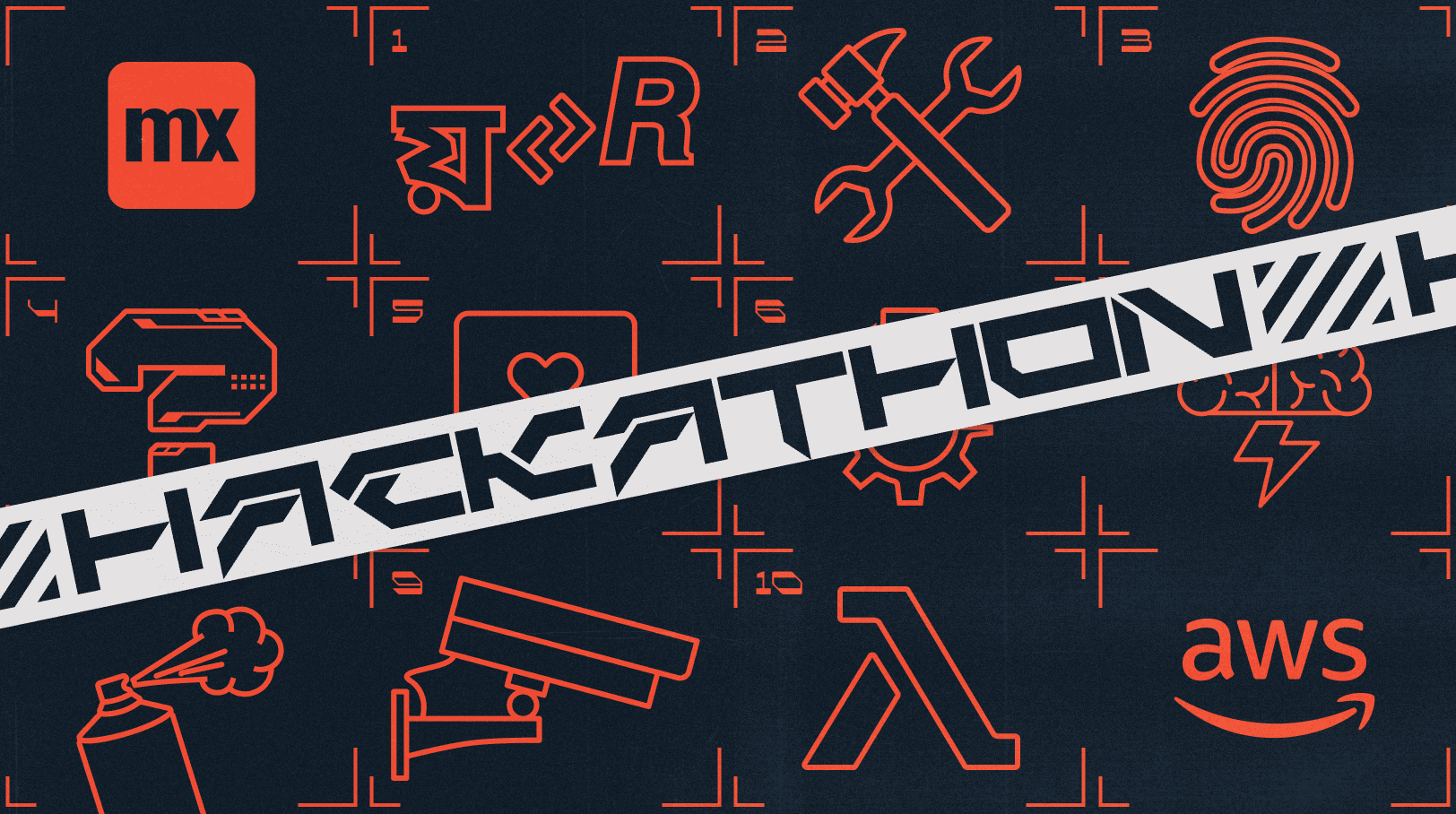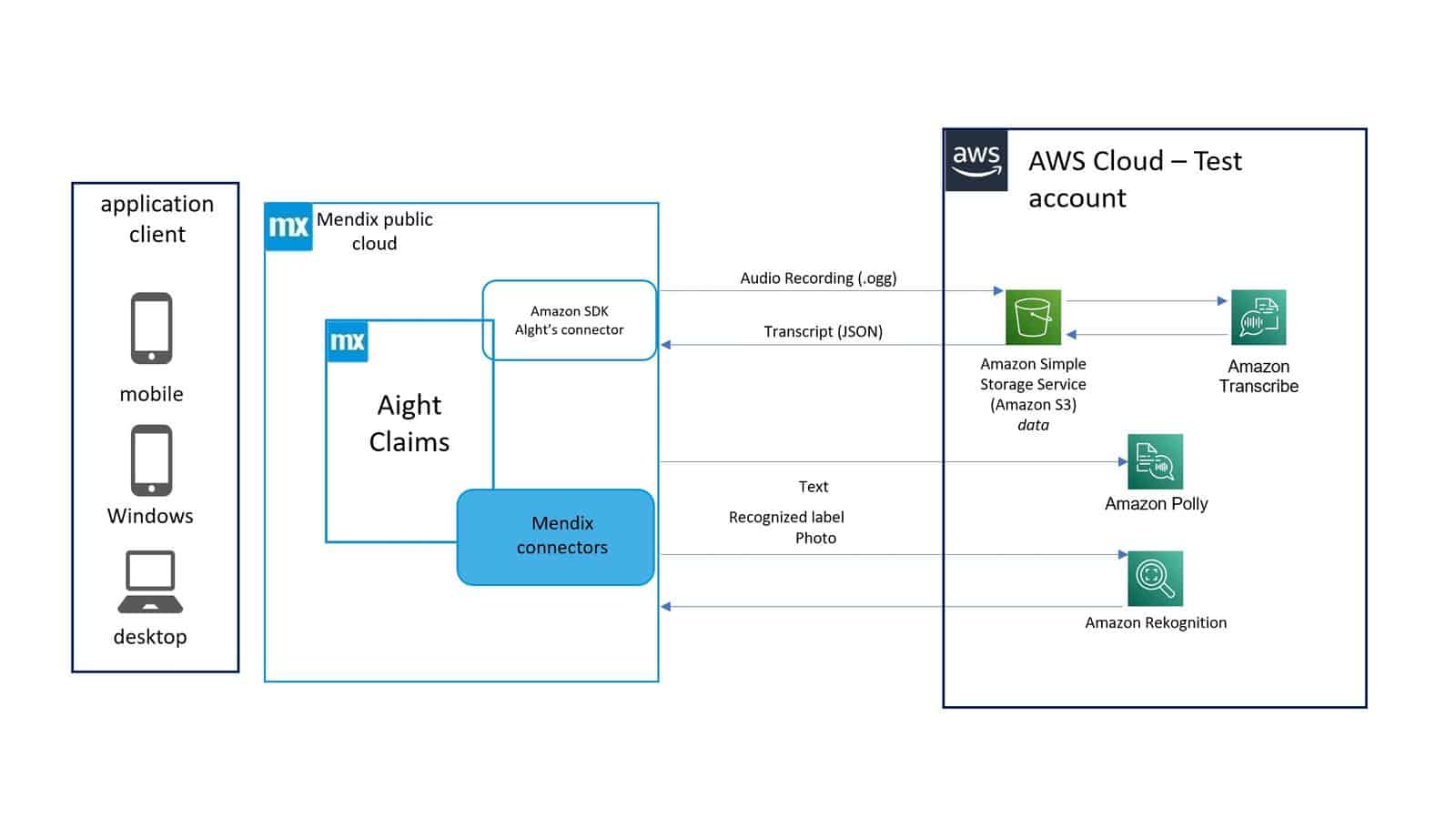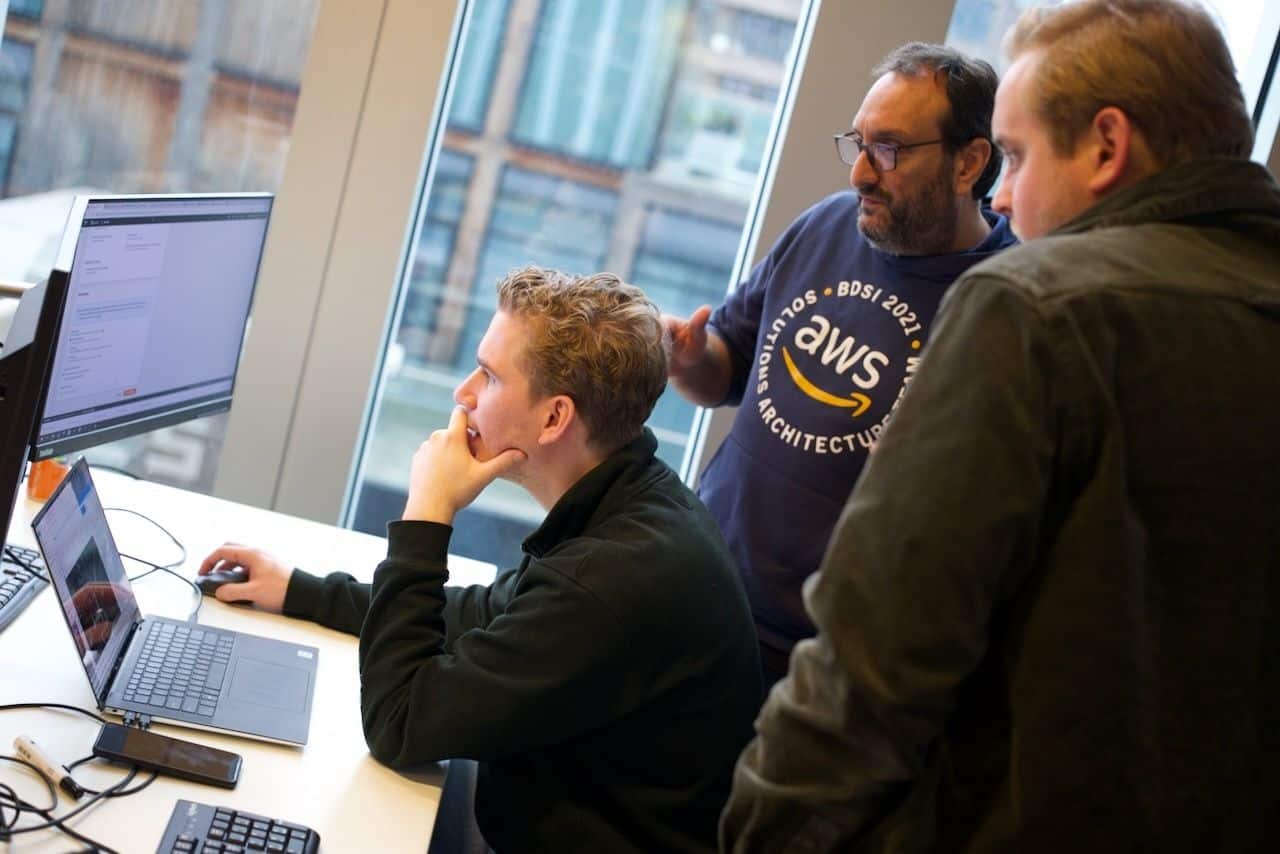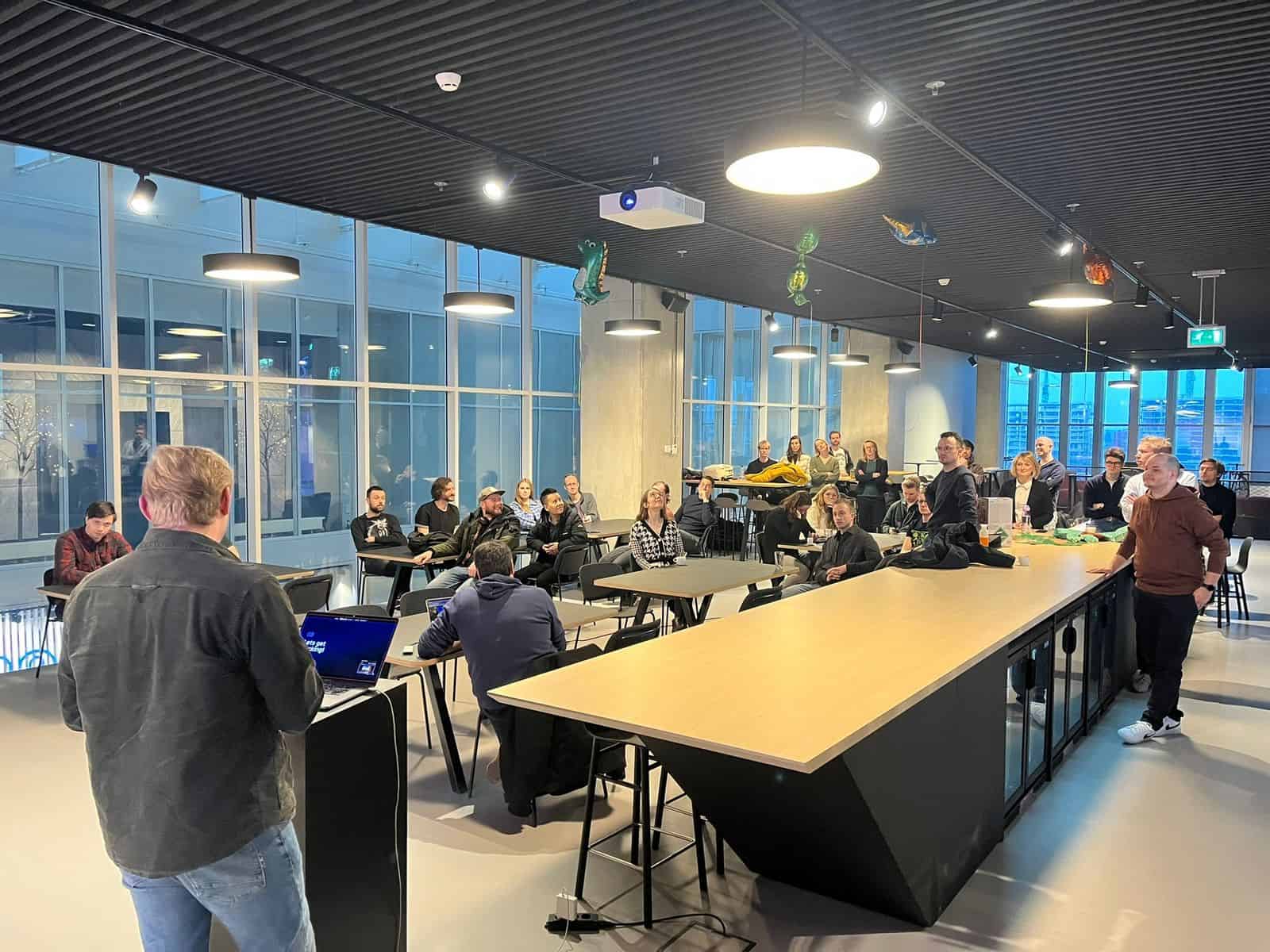Here’s Why Hosting Hackathons Boosts Innovation

Hackathons are no longer exclusive to developers. These days, hackathons are a key tool for enterprise organizations looking to foster a culture of innovation within their teams while sparking creativity and cross-team collaboration.
So how did an activity that was once a startup culture feature become a staple in enterprise corporate culture? And more importantly, why do over 80% of Fortune 100 companies regularly host hackathons?
Hacking for good
The term hackathon was coined in the 90’s and quickly grew in popularity as organizations sought to find and fix vulnerabilities in their software. It was a way to crowdsource ideas and solutions for particularly sticky problems in a condensed timeframe, which is why enterprise organizations still host them today.
But there are quite a few other benefits hackathons can bring as well, such as:
- The opportunity to uncover new prototypes applicable to customers or develop new business opportunities.
- Cross-team networking and learning which is invaluable, especially in complex organizations where accomplishing goals often requires many different stakeholders.
- Increased creativity within teams since they are given the mental space and freedom to explore projects outside their day-to-day workload and often develop new skills.
Pre-Covid, organizations often ran team building events to maintain the company culture and sense of cohesion. Post-Covid, where hybrid working models and shrinking budgets are common, team-building events are not as frequent as they used to be. Hackathons are a great way to engage different teams with a common goal.

Set your low-code hackathon up for success
Mendix has been running hackathons for several years now, both internally and externally (see our global MXHacks hackathons), or as in-company events to help customers with adoption and growth in low-code like the “Driven by Tomorrow Hackathon” held with Mercedes-Benz AG as part of their Innovation Day.
Through lots of trial and error, we’ve learned a few things about what makes for a successful hackathon.
5 tips for hackathon success
Set clear objectives
The number one, most important thing to do to ensure a hackathon’s success is to have a clear outcome in mind. Sometimes a hackathon is a vehicle for building solutions for a particular use case.
Other times, the hackathon is all about learning and letting participants experiment with a new technology or approach. This was the case for a recent AWS-focused hackathon we ran earlier this year, where participants set out to build applications utilizing the Mendix suite of AWS services connectors we had developed. This hackathon was organized to showcase the speed and ease with which participants could build feature-rich applications using Mendix AWS connectors, where previously, this would have taken considerably longer.
The winning team built an auto-insurance claims app that would allow users to complete a damage waiver when renting a car. This app used Amazon S3 for storage, Amazon Rekognition for damage detection, and Amazon Polly for translating text-to-speech. The team also developed their own Amazon Transcribe connector making the application “keyboardless,” enabling the user to complete the form through voice.
In the past, building a solution like this (outlined below) would have taken significantly more time and resources. With the right tools and resources in place, complex applications can be built faster and more easily.

In addition to a clear vision for your hackathon’s outcomes, it will be important to establish the judging criteria, rules, and codes of conduct. These will help keep the hackathon focused and inform participants around what will be evaluated. Speaking of participants…
Aim for a diverse set of participants
Invite participants with different backgrounds, skillsets, and perspectives to the hackathon. This can help generate more creative and innovative ideas and facilitate cross-functional collaboration.
The recent AWS hackathon included developers, designers, and other stakeholders, to generate new ideas and approaches. Mendix is well-suited to this type of collaboration, as it provides visual tools and easy-to-understand interfaces that allow participants with varying skill levels to contribute.

Provide resources and support
Make sure that all participants have access to the necessary resources, including development tools, sample applications, and support staff. Provide mentors or coaches who can assist participants with technical questions or challenges.
Using the recent AWS hackathon as an example, the teams had access to the current suite of connectors for AWS services, enabling them to easily and quickly embed them within their Mendix applications and build feature-rich applications within the limited timeframe. Additionally, coaching and resources to demonstrate how the teams could develop their own AWS services connectors proved invaluable, with members of the winning team developing their own AWS Transcribe connector in a short time to enrich their solution.
Having the necessary resources, coaches, and tools available removes any potential blockers and ensures things run smoothly on the day.
Encourage innovation
Encourage participants to think outside the box and come up with new and innovative ideas. Provide guidance and support to help them realize their vision.
One of the teams at the recent hackathon developed an application to read service manuals out loud, translating them first into the desired language to help engineers be more productive. The solution leveraged connectors for Amazon Polly and Amazon Translate to embed this rich functionality quickly and easily without the need for specialist development skills.
Other solutions built that day included an application that translates the text within an image for easier language training, an application to validate the correct protective gear is being worn, and a Memory game – all utilizing AWS services such as Amazon Rekognition, Amazon Translate, and Amazon Transcribe.
Celebrate
Celebrate the results of the hackathon by showcasing the applications developed during the event. This can help generate excitement and engagement among participants and stakeholders. Share internally and externally on social media to drive continued interest and awareness.
Sharing the success of the recent AWS hackathon with award ceremonies and internal communications helped amplify the excitement. It reinforced the idea that innovation is accessible to all across the organization, regardless of technical skill level.

Need help with your hackathon?
We understand the value organizations can gain from hackathons and are committed to helping our customers to successfully include them as part of their strategy to foster innovation and creativity. If you’re interested in running your own hackathon, contact us at [email protected] to find out how we can help.
